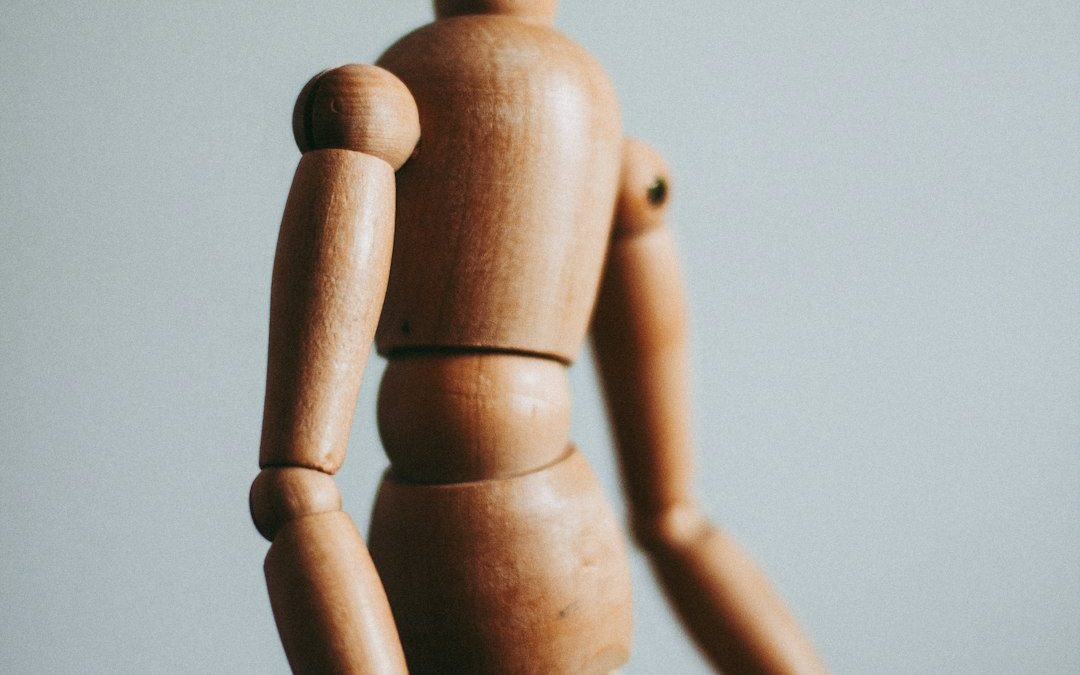Ever pushed yourself in a workout and felt fine, only to wake up the next day feeling like you’ve been hit by a truck?
That’s likely DOMS, or Delayed Onset Muscle Soreness, making its presence known.
In this article, we’ll delve into what DOMS is, why it happens, and how it differs from the muscle fatigue you feel during or immediately after exercise.
We’ll also share some tips on managing and potentially preventing this post-workout discomfort. So, whether you’re a fitness newbie or a seasoned gym-goer, stick around to learn more about this common, yet often misunderstood, phenomenon.
Understanding DOMS: The Basics
DOMS, short for ‘Delayed Onset Muscle Soreness’, is a common experience for many people after starting a new exercise program, changing their exercise routine, or increasing the intensity of their workouts.
It typically develops 12 to 24 hours after exercise and can last up to 72 hours.
The condition is characterized by muscle stiffness, swelling, strength loss, and a reduced range of motion.
While uncomfortable, DOMS is generally considered a normal part of the muscle-building process.
The Causes of DOMS
DOMS is thought to be caused by microscopic muscle damage and inflammation following unaccustomed or strenuous exercise.
This damage is often the result of eccentric exercises, like downhill running or negative reps in weight training.
These exercises cause the muscle to lengthen while force is applied, leading to more muscle damage.
This over use or damage then triggers an inflammatory response, which is believed to contribute to the pain and stiffness associated with DOMS.
Symptoms: How to Recognize DOMS
DOMS typically develops 12 to 24 hours after exercise.
The condition is characterized by muscle stiffness, swelling, strength loss, and a reduced range of motion.
These symptoms can last up to 72 hours, sometimes even longer.
It’s important to note that the severity of symptoms can vary from person to person.
DOMS vs. Acute Muscle Soreness
DOMS is different from acute muscle soreness, which is felt during or immediately after exercise.
While both can be uncomfortable, acute soreness usually subsides once the exercise is over.
On the other hand, DOMS tends to peak a day or two after the workout and gradually subsides over the next few days.
Managing and Treating DOMS
Managing DOMS involves a combination of rest and gentle movement.
Gentle post-event massage works wonders to promote recoverly and alleviate pain.
However, it’s important to listen to your body and allow adequate recovery time.
Remember, DOMS is a normal part of the muscle-building process and should subside on its own.
Gentle Movement and Light Exercise
Gentle stretching and light exercise may alleviate the symptoms of DOMS.
However, these should be done with caution to avoid further muscle damage.
Hydration and Nutrition
Staying hydrated and maintaining a balanced diet can support muscle recovery.
Protein-rich foods, in particular, can help repair muscle tissue and reduce the severity of DOMS.
Preventing DOMS: Tips and Strategies
Preventing DOMS isn’t always possible, but some strategies may help.
Gradually increasing workout intensity can give your muscles time to adapt.
Adequate warm-up and cool-down routines can also contribute to reducing the risk of DOMS.
When to Seek Medical Advice
If DOMS is severe or doesn’t improve with time, it’s advisable to consult a healthcare professional.
Remember, DOMS should not be confused with a muscle strain or injury.
Conclusion: Embracing the Muscle-Building Journey
Understanding DOMS is key to embracing the muscle-building journey and making the most of your workouts.
